In December 2022, 196 countries met at COP15 of the United Nations' Convention on Biological Diversity (CBD) to agree upon the post-2020 global biodiversity framework.
The Framework is global plan to halt and reverse biodiversity loss by 2030, in support of climate action and the Sustainable Development Goals. It is an important document and is billed as a ‘Paris style agreement’ for nature, like the one we already have for climate where countries agreed to pursue efforts to limit the temperature increase to 1.5°C above pre industrial levels.
.png?width=540&name=Photo%20by%20IISD%20(1).png)
The landmark commitment to halt and reverse biodiversity loss by 2030 was agreed at the COP15 biodiversity conference in Montreal.
The Kunming-Montreal Agreement commits the 196 governments who have signed it to conserve at least 30% of land, freshwater and ocean globally, while respecting the rights of Indigenous peoples and local communities, and recognizing the contributions of Indigenous and traditional territories towards delivering this new target.
The participating governments have also committed to eliminate subsidies harmful to nature − and to increase financial support for conservation efforts by 2030, mobilizing at least $US200 billion per year.
This is a huge win for people and planet that sends a clear signal for action by government, business and society.
However, weak language in critical areas of the agreement could undermine its ambition is they are not addressed in national plans and policies.
In particular, we are concerned that there is no mechanism to hold governments accountable if targets are not met.
A mission to reverse the loss of biodiversity and secure a nature-positive world by 2030 for the benefit of all people and the planet, must be enshrined in the global biodiversity framework. This means that the catastrophic loss of nature is reversed so that by 2030 we have more nature than there is now.
Action on nature is essential to reducing our vulnerability to future pandemics, tackling the climate crisis, and protecting livelihoods. We need governments to secure a global agreement on biodiversity that is at least as comprehensive, science-based and ambitious as the Paris Agreement on climate change.
Together with indigenous peoples and local communities, we must protect and conserve 30% of the planet by 2030. WWF supports others in this global target, provided it is achieved through a rights-based approach that respects and secures the rights of indigenous peoples and local communities to their lands and waters by respecting their Free, Prior and Informed Consent.
Many countries are already stepping up with new protected areas. But protecting areas isn’t just about drawing a line in the sand, it’s about increasing the integrity, area and connectivity of natural ecosystems to better allow nature and people the opportunity to thrive.
WWF position and recommendations

The way we produce and consume food and resources has to change. Food systems drive 70% of biodiversity loss on land and 50% in freshwater. At present, agriculture occupies about one-third of the Earth’s total land area and accounts for almost 70 per cent of water use (Living Planet Report 2016). Global food systems are the number one driver of biodiversity loss.
The global biodiversity framework offers a unique opportunity to agree on the global, collective action required to reduce the footprint of our production and consumption and to address the direct and indirect drivers of biodiversity loss. A goal to halve the footprint of production and consumption emphasizes the importance of and addressing our impact on the natural world.
WWF position and recommendations

Ambitious goals and targets are only meaningful if they guide and stimulate ambitious action.
To ensure the right activities are implemented the framework should include a mechanism that holds parties to account, allowing actions to be assessed and ratcheted up if countries are collectively falling behind. This means countries committing to review progress and increase action if they’re not on track to achieve the targets.
WWF position and recommendations
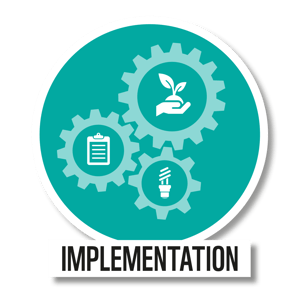
We must urgently address the negative impact of finance on our world’s natural resources, by aligning public and private financial flows with nature-positive practices and nature-based solutions and eliminating or repurposing perverse incentives, including harmful subsidies. WWF is calling for a comprehensive finance and resource mobilization strategy to generate a significant increase in funding for biodiversity from all sources, including overseas development assistance, domestic biodiversity finance, and public and private finance. Only with enough money in the right places can transformative action really take effect.
This includes repurposing incentives such as subsidies that are harmful to biodiversity. A recent report found that the world is spending at least $1.8 trillion a year, equivalent to 2% of global GDP, on subsidies that drive the destruction of nature and species extinction - in effect financing our own extinction. This has to stop and it must go further - repurposing this money can help drive nature-positive investments that build a better future for all.
WWF position and recommendations

Nature holds the answers to many of the world’s most pressing challenges, including to achieving key health, poverty reduction, climate and economic objectives. The global biodiversity framework must signpost the value of equitable and rights-based nature-based solutions for the benefit of both people and biodiversity.
The need to reverse nature loss is clear. Our destruction of the natural world is taking a toll on people and our planet. But people are also crucial to turning this around.
WWF believes that a transformative, comprehensive and measurable post-2020 global biodiversity framework is underlined by a rights-based approach to conservation. This means that people’s rights are considered side-by-side with the rights of nature.
The post-2020 global biodiversity framework presents a unique opportunity to develop and successfully implement a global plan to reverse biodiversity loss and build a nature-positive world by 2030. It should deliver on all three objectives of the convention and include several key elements.
Annex 1. WWF proposals for the post-2020 global biodiversity framework.
Calling on the parties to the Convention on Biological Diversity to adopt a milestone to halve the footprint of production and consumption by 2030 as part of the post-2020 global biodiversity framework
This note provides background information on the WWF proposal for a 2030 Milestone1 on halving the footprint of production and consumption within the post-2020 global biodiversity framework.
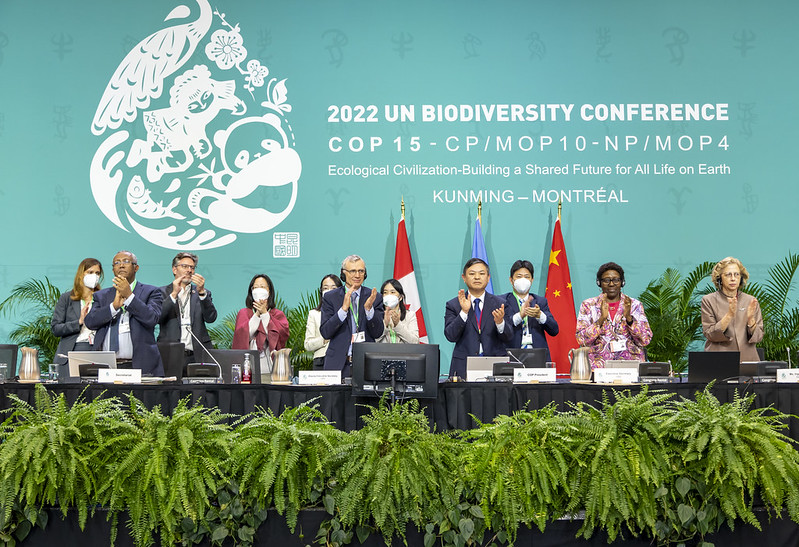
19 December 2022
Global deal to reverse nature loss by 2030 agreed, but immediate action and funds needed to deliver
%20Holly%20Chapman%20_%20WWF%20(4)-1.jpg)
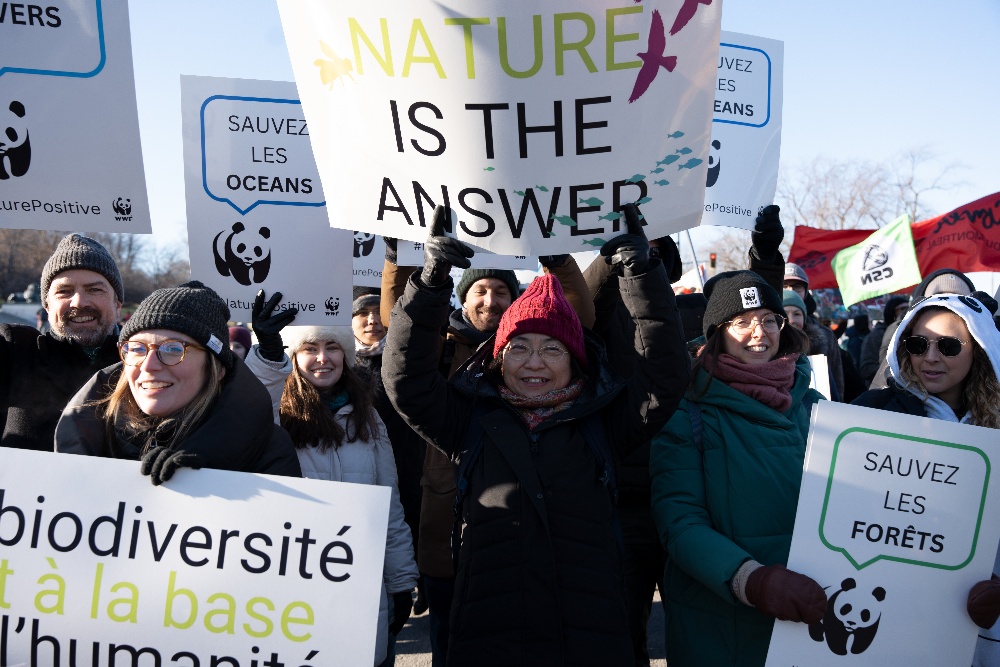
%20Holly%20Chapman%20WWF%20(11)-1.jpg)
6 December 2022
WWF reaction to EU law to stop deforestation and how it can impact COP15 negotiations
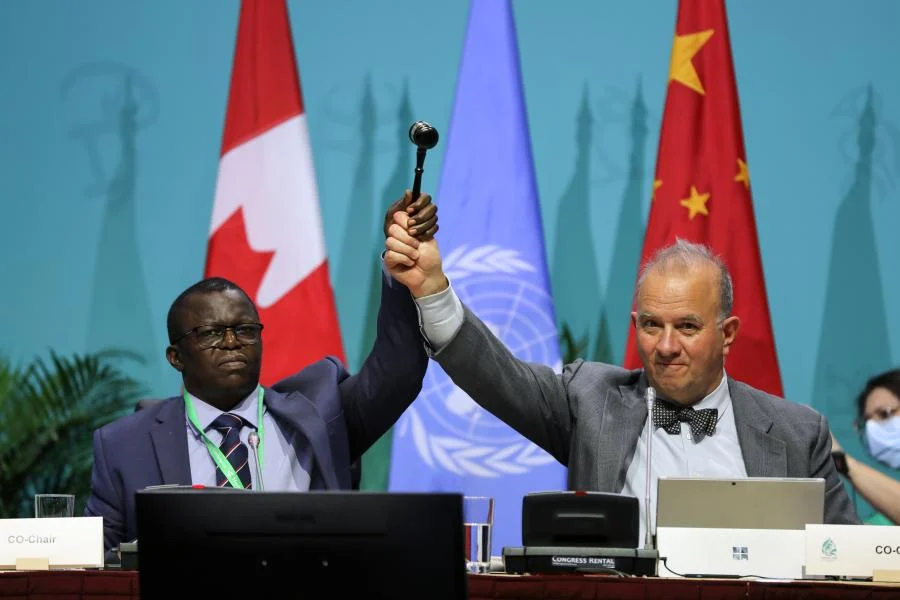
Photo by IISE
6 December 2022
WWF: Sense of urgency nowhere to be seen in Montreal as pre-COP15 talks close
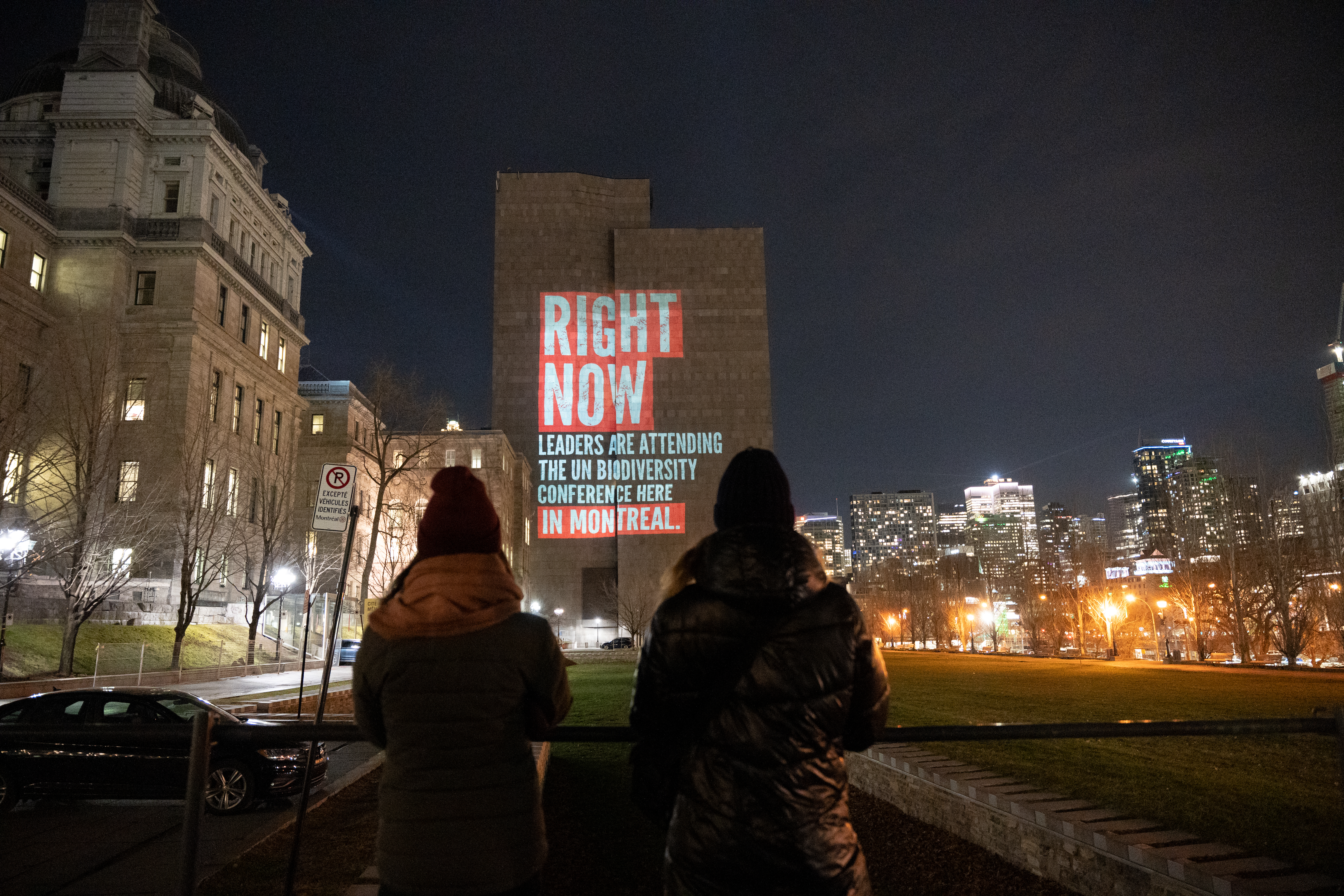
6 December 2022
WWF message in lights to COP15 leaders: the world is watching

6 December 2022
China lights up support for a nature-positive world
-1.jpg)
1 December 2022
WWF responds to the UNEP State of Finance for Nature report
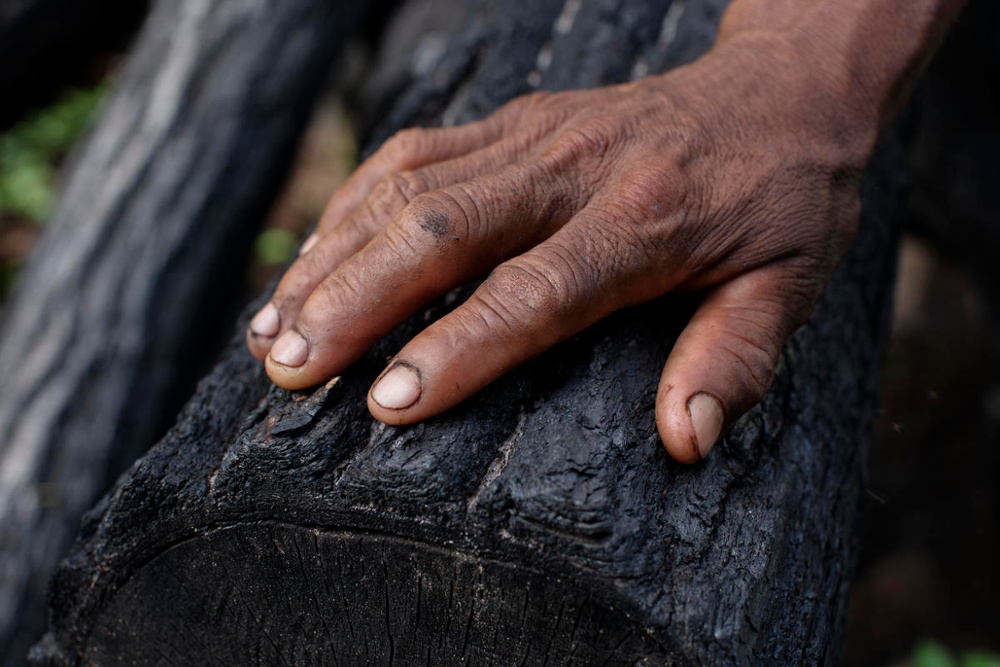
29 November 2022
WWF: World must not miss its chance to secure a ‘Paris’-style agreement for nature at COP15

16 November 2022
‘Paris agreement’ for nature imperative at COP15, architects of climate deal say
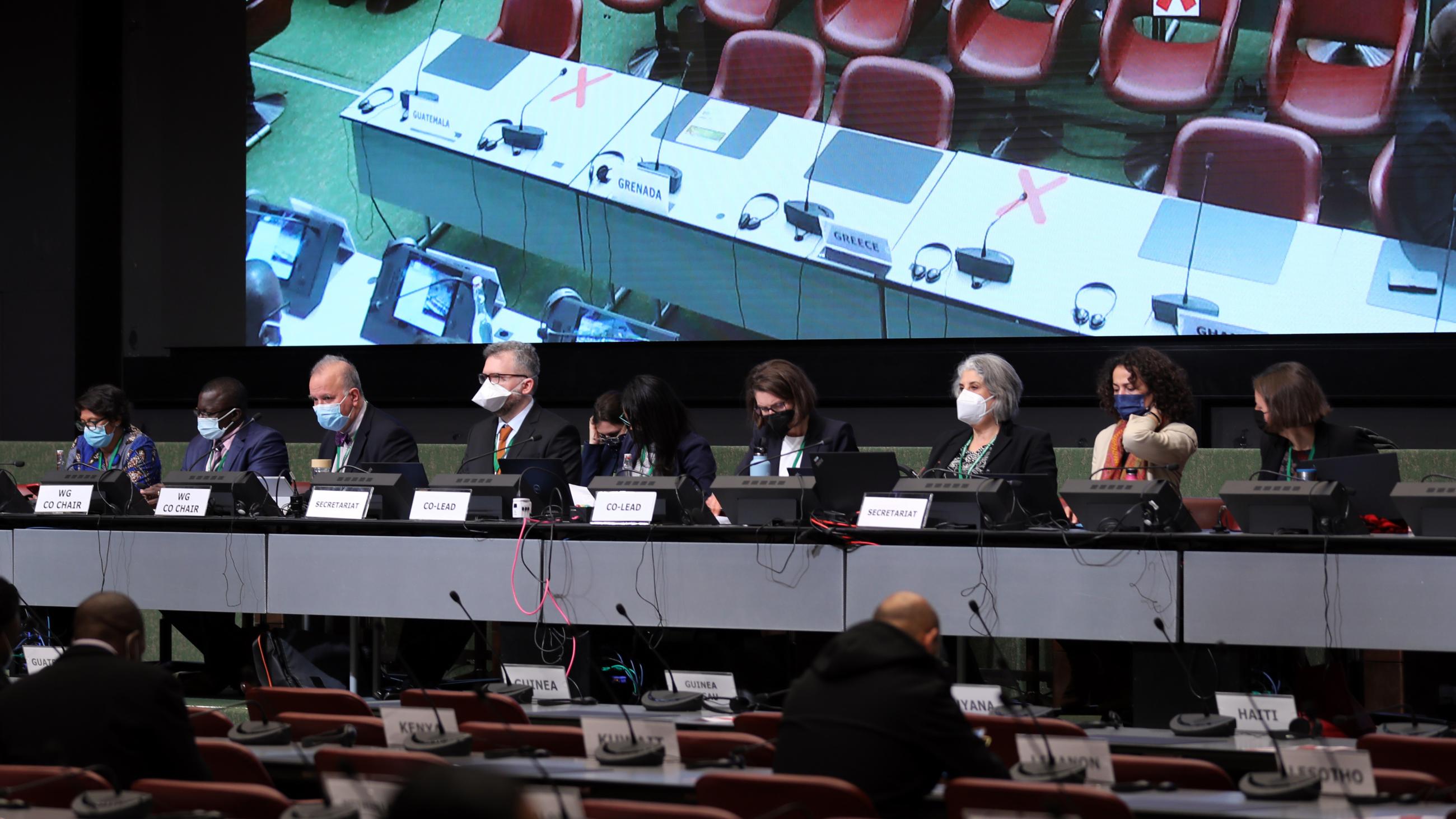
29 March 2022
Governments make limited progress at UN biodiversity talks while consensus for nature-positive ambition grows
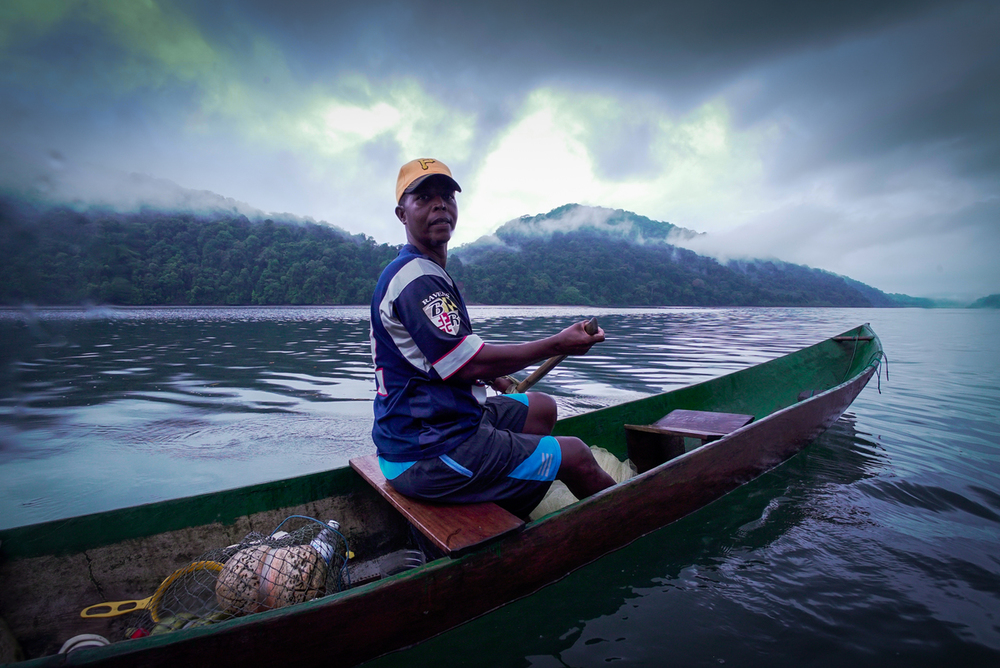
13 March 2022
Environmental groups urge UN biodiversity talks to embrace a ‘Nature-Positive by 2030’ goal
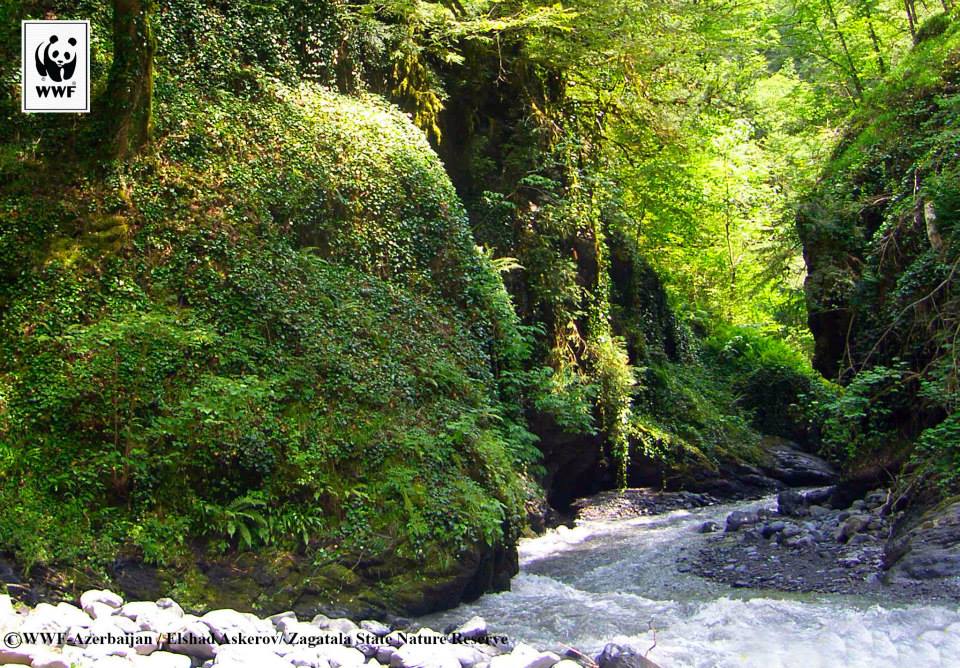
03 September 2021
Time is running out to secure a global agreement to reverse nature loss
Subscribe today for updates and information about how you can get involved and follow @NatureDeal on Twitter.

© 2017 WWF - World Wide Fund For Nature© 1986 Panda Symbol WWF – World Wide Fund For Nature (formerly World Wildlife Fund)® “WWF” is a WWF Registered Trademark Creative Commons license.